Republic Weekly, 1971
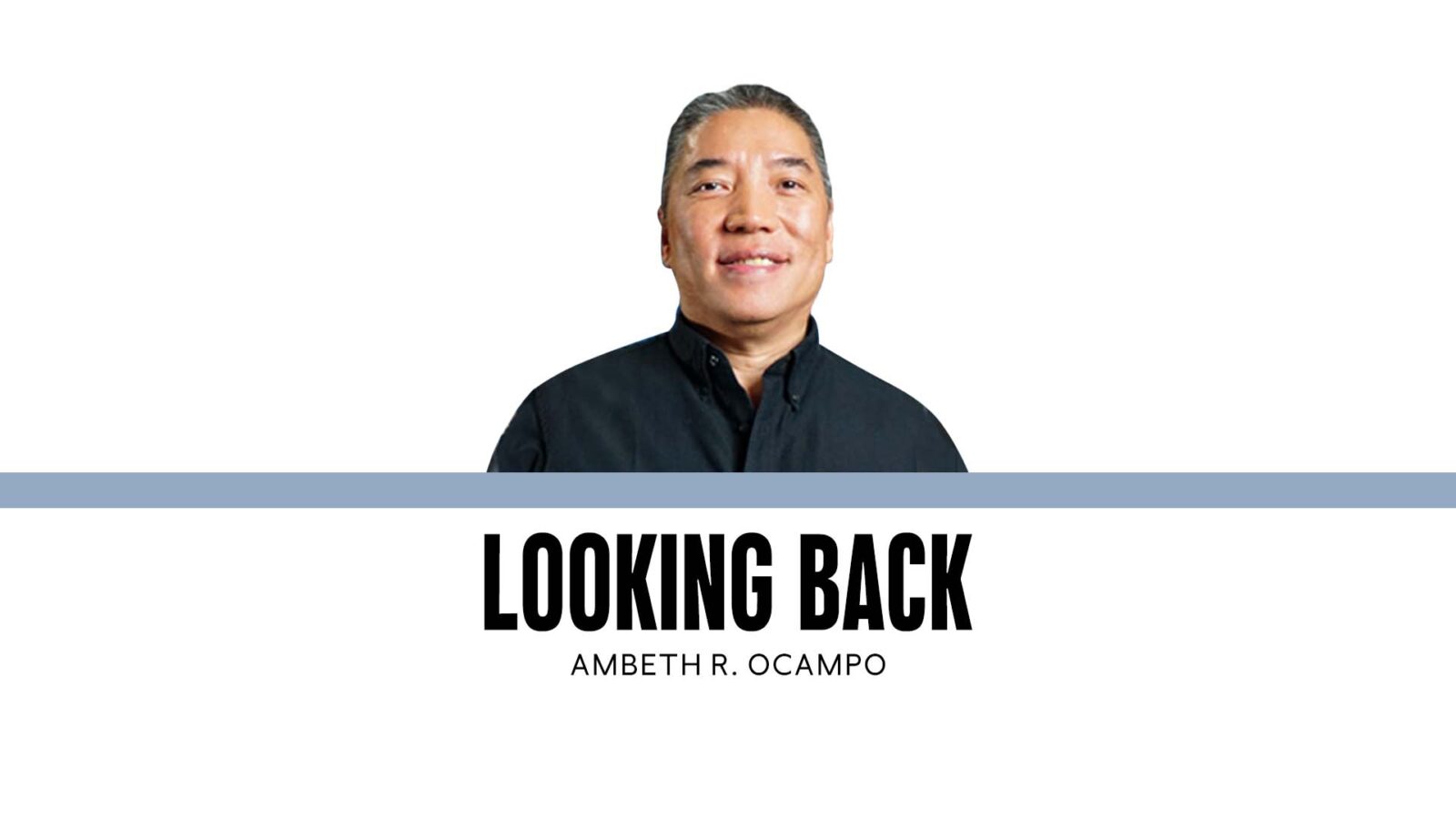
In search of material for a column, I visited the Ateneo Rizal Library the other day and browsed aimlessly in the periodical section. There, I came across bound volumes of the pro-Ferdinand Marcos Sr. magazine “Republic Weekly.” In it was a series on Dovie Beams and her lurid affair with the former president. The first article that caught my attention was suggestively titled “Dovie Turns the Screw,” written by someone hiding under the initials “A.E.” I was very disappointed that someone had cut out all the sexy photos from the article. The photo captions left a lot to the imagination. A missing vertical photo was captioned: “Dovie Beams Hungry and Angry,” and the other missing horizontal or landscape photo was captioned: “Miss Beams posing for photomen in the buff.” Almost all the photos in the series that ran from April 1971 were cut out, and I wondered: who would have done this? Was it a horny Ateneo student or professor? Or was it a prude librarian who wanted to keep the stacks free of pornography?
Going over the whole Dovie Beams series over several issues of Republic Weekly made me reflect on the practice of history. First, did I find the material, or did the material find me? I could have opened issues of the Philippines Free Press, Graphic, Asia Philippines Leader, Sunday Times Magazine, etc., but I chose Republic Weekly because it was not familiar to me. Finding Dovie Beams was pure serendipity. History in the university setting is either placed under the humanities or social sciences department because the discipline is both about creative expression and rigorous research and analysis. In the humanities and the sciences, all scholars go through their so-called eureka moments.
Second, looking at the missing photos of Miss Beams and being curious about them underscores the fact that until the time machine is invented, the historian cannot truly go back and know the past fully. At best, the historian tries to get as close to the truth as possible, following in the tracks or traces of the past through the primary sources. What happens if the sources are incomplete, nonexistent, or worse, biased, wrong, or outright lies?
Historians digging through current Philippine newspapers know that there are no newspapers on dates that fall on Maundy Thursday and Good Friday. Having no Philippine newspapers on these dates does not mean that nothing happened on those days, that time and history stood still. This reminds me of a trick test question I have in an exam. I asked for the most significant event that happened in the Philippines on Thursday, Dec. 31, 1844. Students couldn’t find it because that day “disappeared,” thanks to Spanish Governor General Narciso Claveria, who realized that the Philippine calendar was off or 11 days ahead of other places where the Gregorian calendar was adopted. To correct the discrepancy, Claveria decreed that Wednesday, Dec. 30, 1844, would be followed by Friday, Dec. 31, 1844. Remember this is the same governor who decreed in 1849 that, for census and tax purposes, all Filipinos had to adopt a surname chosen from the “Catalogo alfabetico de apellidos (Alphabetical catalog of surnames).”
Libraries and archives are the lifeblood of history and historians, but these institutions cannot collect everything. When I go over the periodicals collected by the Rizal Library, I realize that these are mostly broadsheets. Where are the tabloids? In terms of magazines, the library did not collect movie titles, song hits, or local pornography. I was surprised that the Rizal Library has the Baguio Midland Courier and other local papers, but these are either in English or Filipino. What about materials in other languages, like Ilocano or Kapampangan? What about periodicals in Cebuano, Hiligaynon, Bisaya, Maranao, Manobo, or Subanen? In the Rizal Library special collections, we have materials in Spanish, even recorded oral epics from Palawan. In a country with over a hundred different languages and many different ethnolinguistic groups, how can we weave a true Philippine history when what passes for it is basically a local history of Manila? When I think of a national history these days, I think in plural terms, because what we have is not one Philippine history but rather many Philippine histories.
While the content of the Republic Weekly in 1971 was old news, there was a lot that was strangely contemporary. Politics filled the first sections of the magazines, followed by showbiz news and features. Some people featured in 1971 are still in the news, like the immortal Juan Ponce Enrile. Tirso Cruz III, in 1971, was part of a movie loveteam with Nora Aunor. Today, he is the chair of the Film Development Council of the Philippines. Annabelle Rama, controversial today for what she says, was provocative in 1971 on the Republic Weekly cover, her blouse open slightly to provide a peek into one of her breasts. Browsing through the Republic Weekly of 1971 made me realize that the historian’s true task is to write and educate so that the present will stop reading like the past.
—————-
Comments are welcome at ambeth.ocampo@inquirer.net
Ambeth is a Public Historian whose research covers 19th century Philippines: its art, culture, and the people who figure in the birth of the nation. Professor and former Chair, Department of History, Ateneo de Manila University, he writes a widely-read editorial page column for the Philippine Daily Inquirer, and has published over 30 books—the most recent being: Martial Law: Looking Back 15 (Anvil, 2021) and Yaman: History and Heritage in Philippine Money (Bangko Sentral ng Pilipinas, 2021).




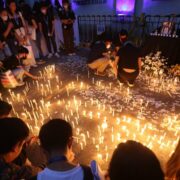
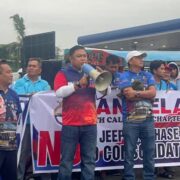




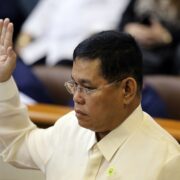
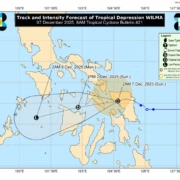


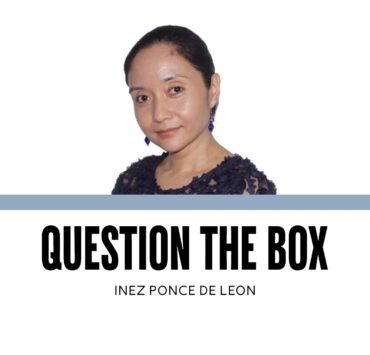
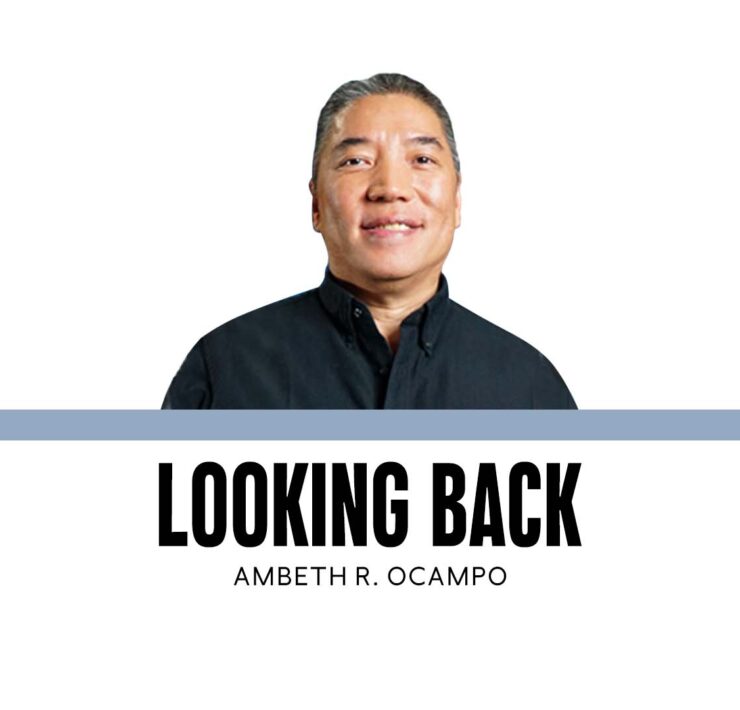


Fortifying the teacher licensing system